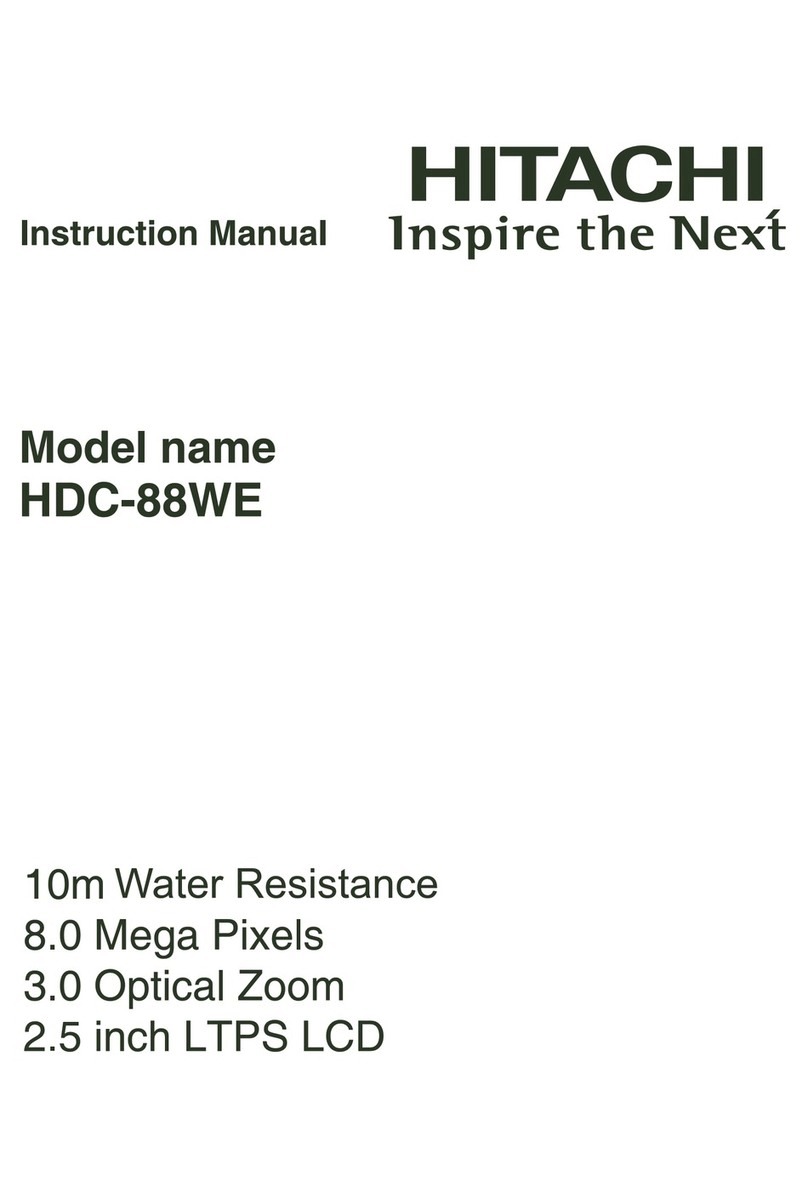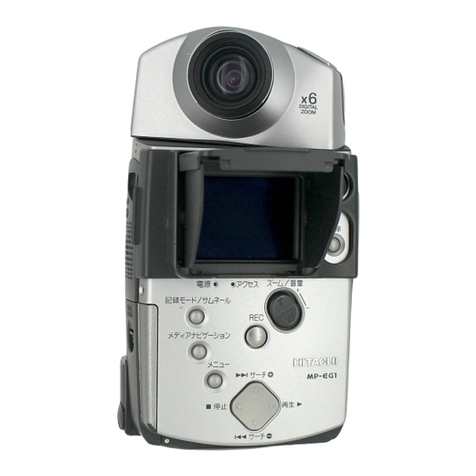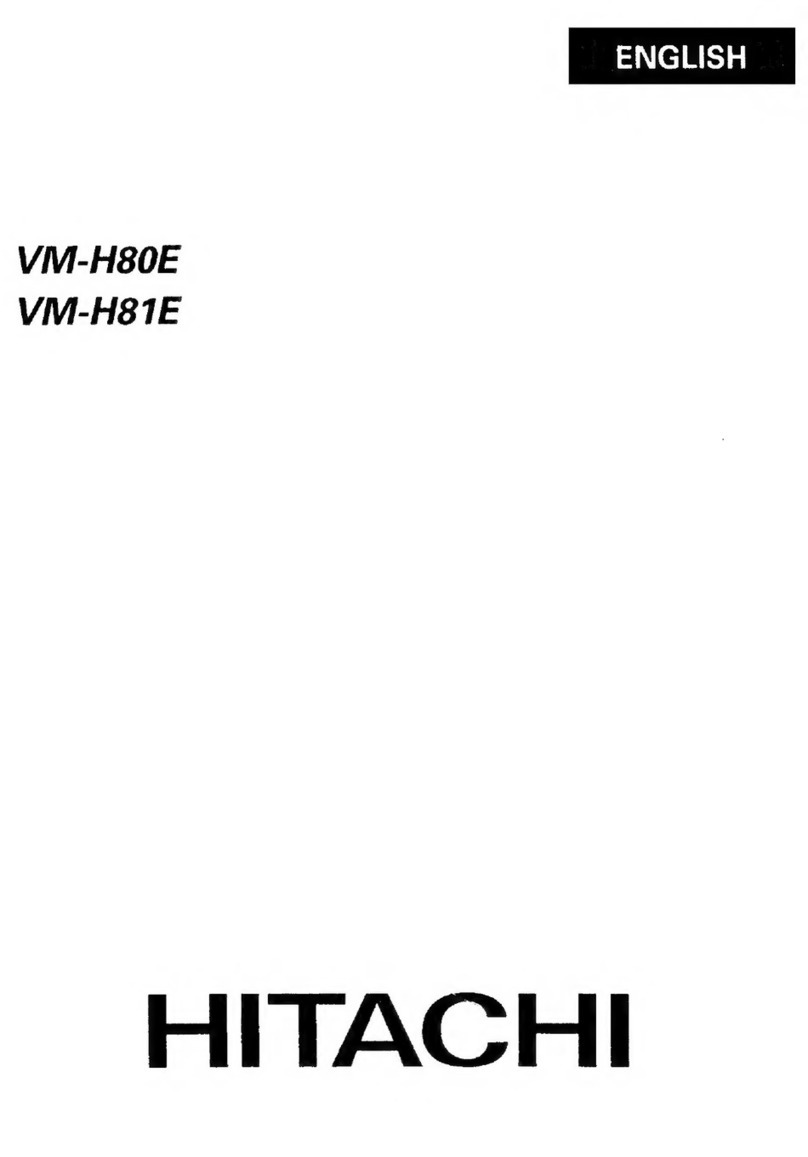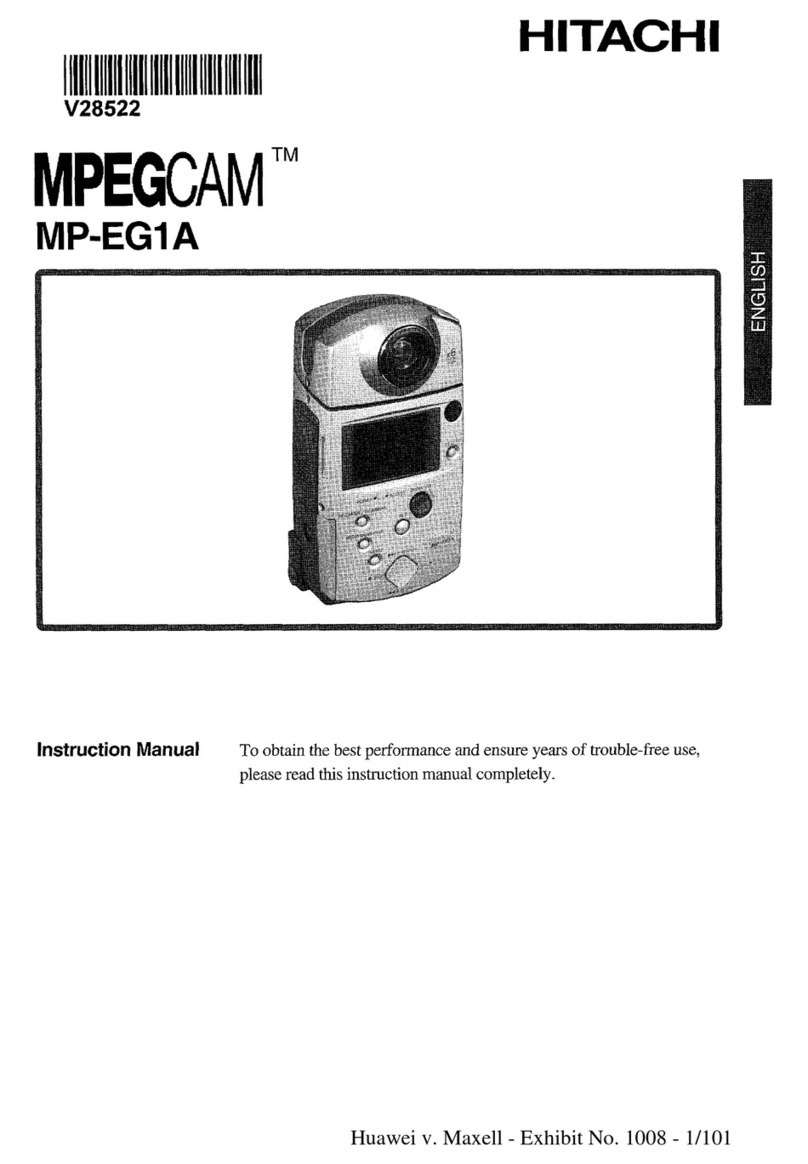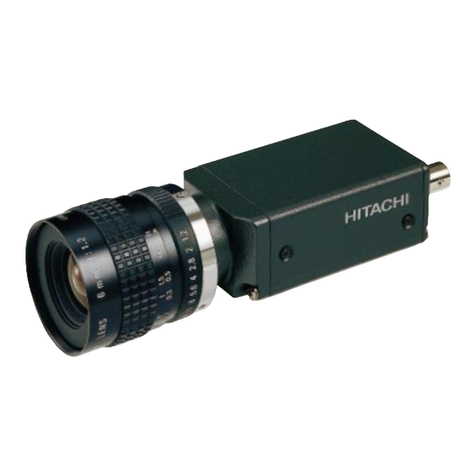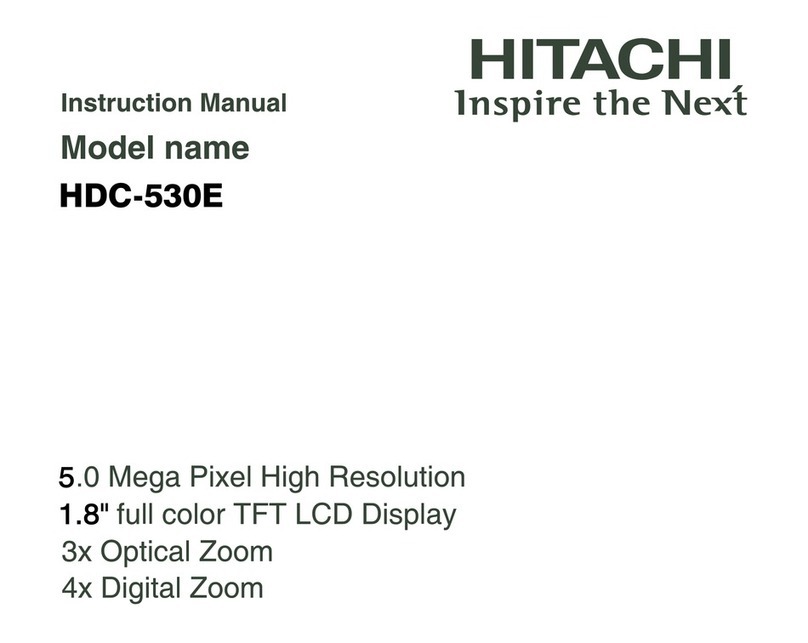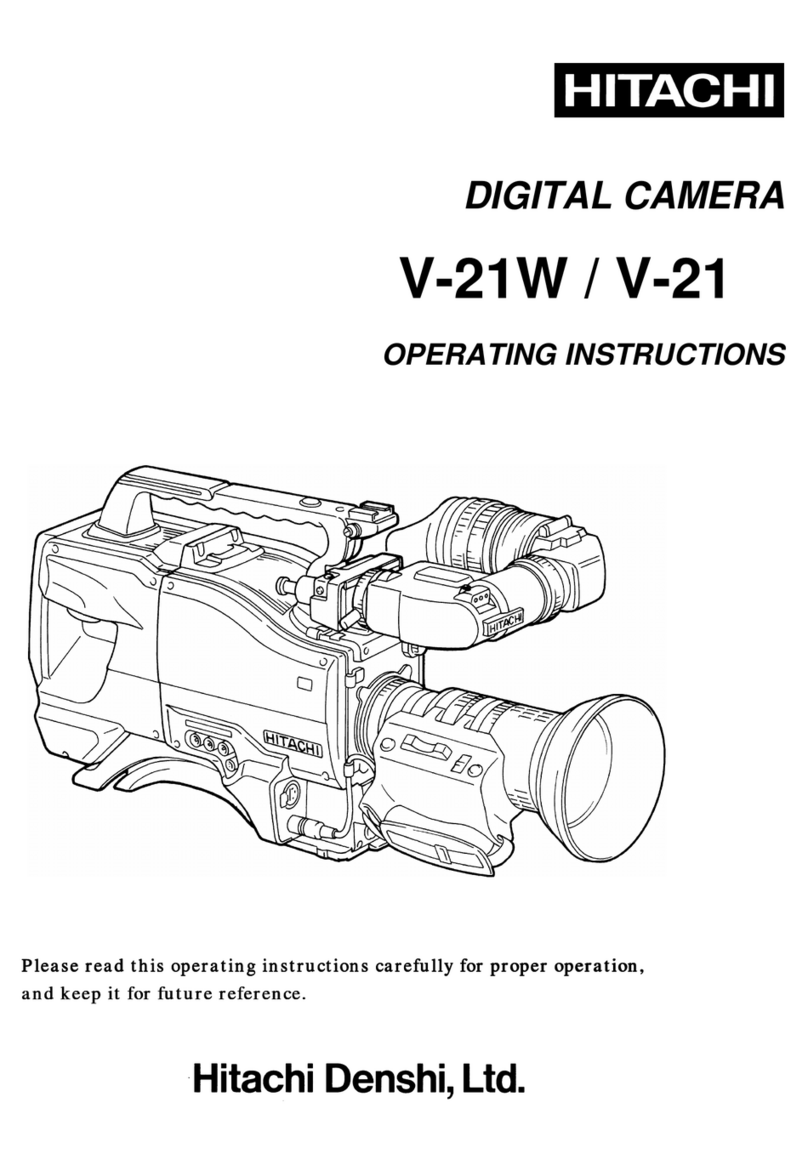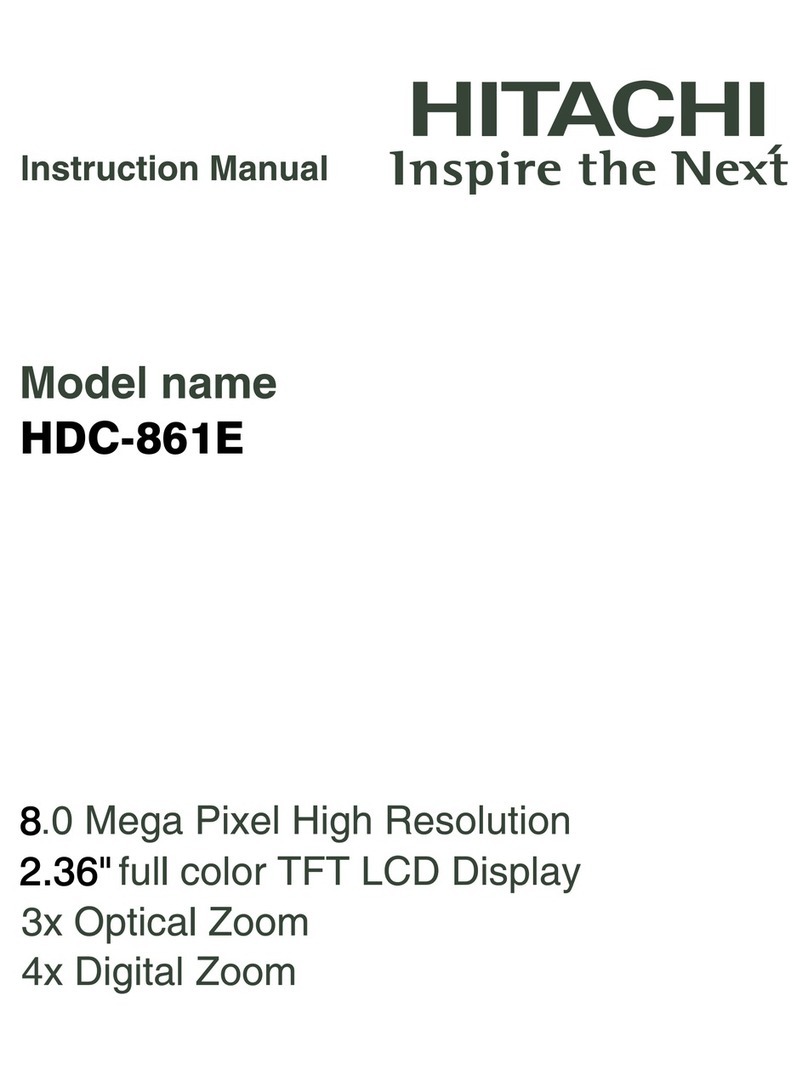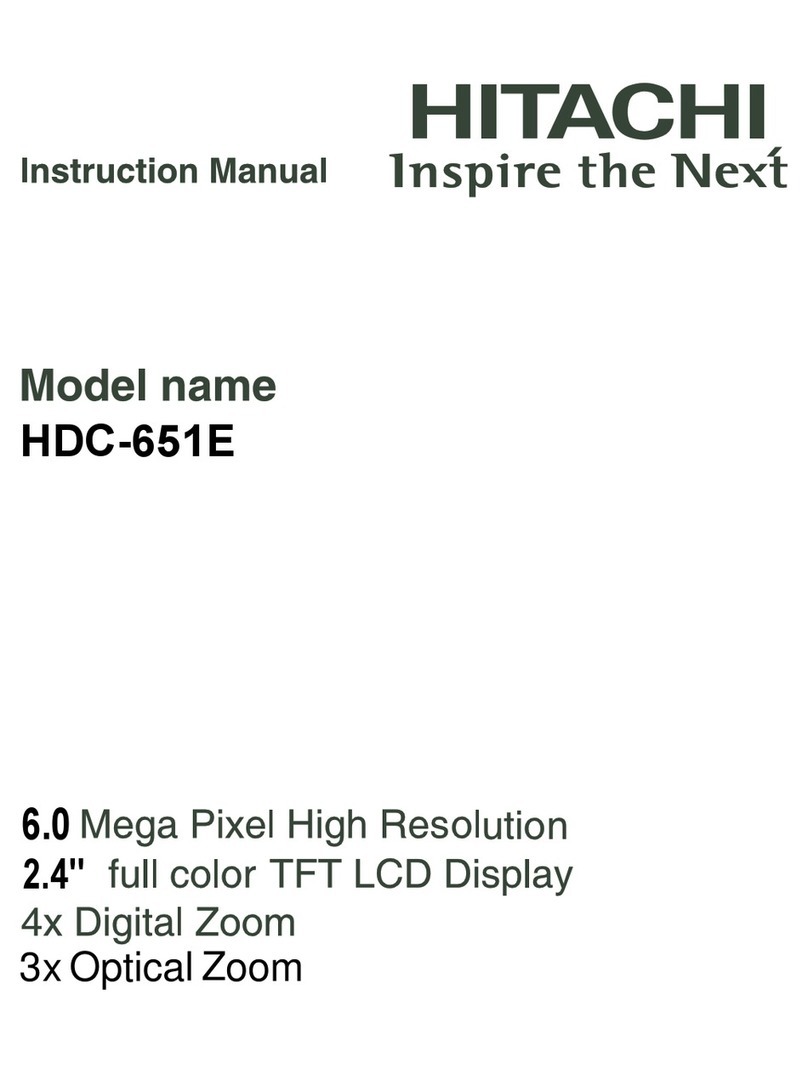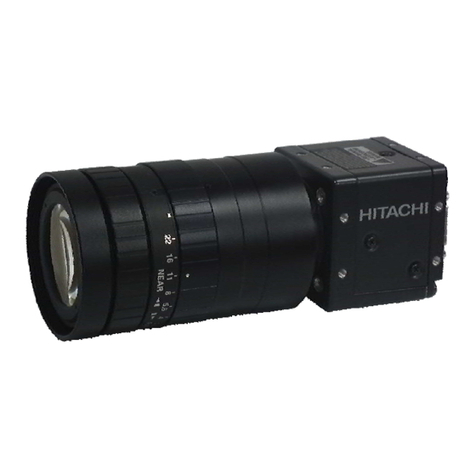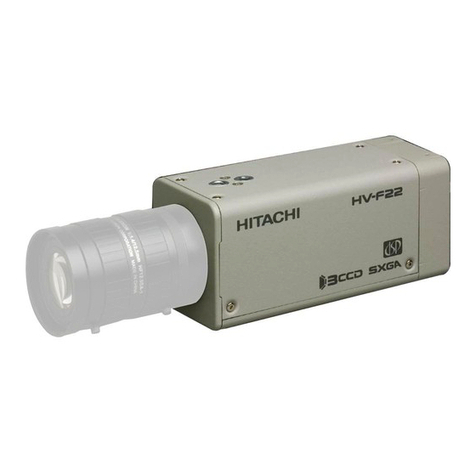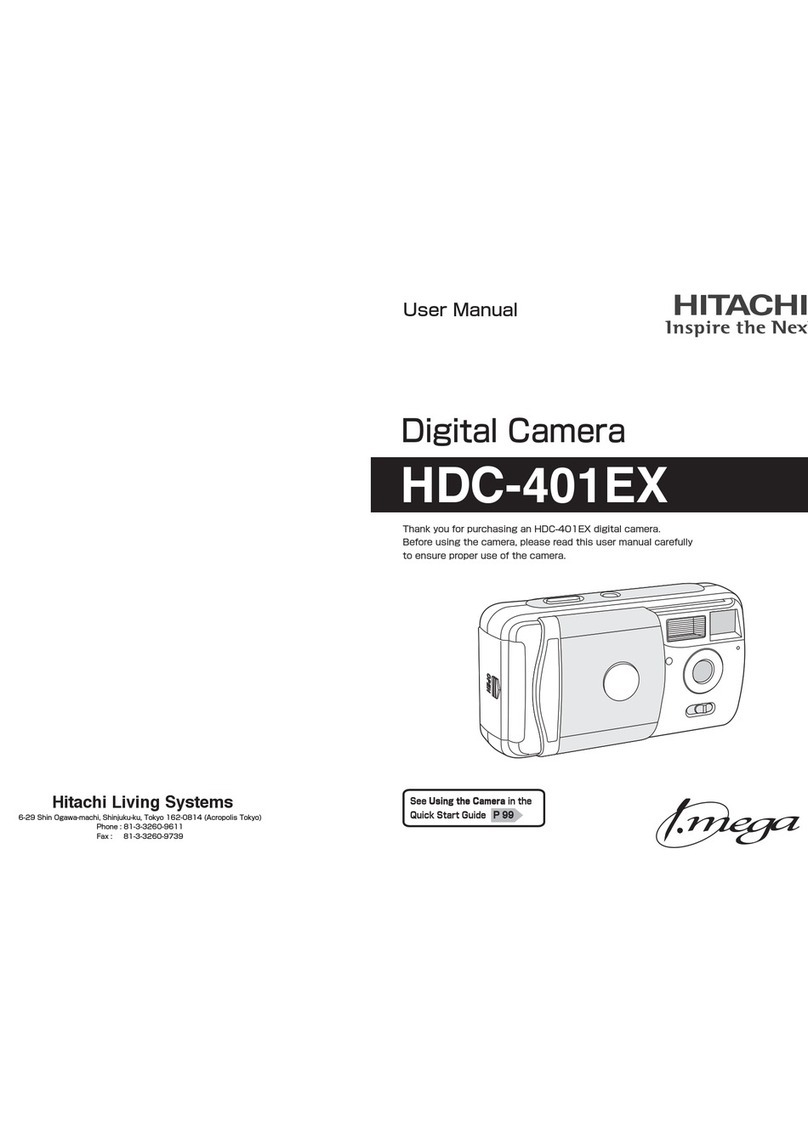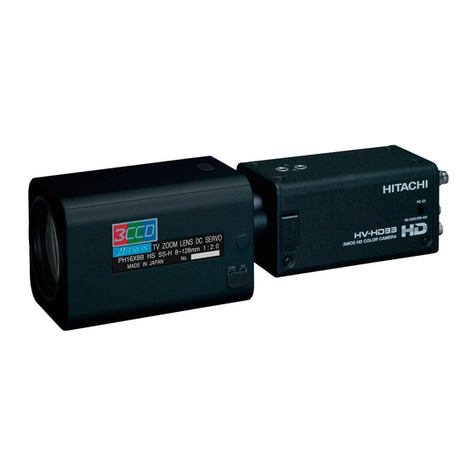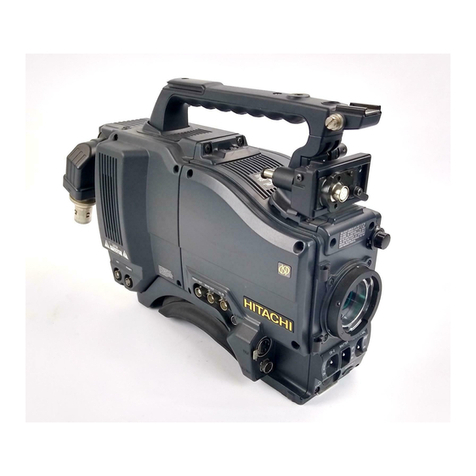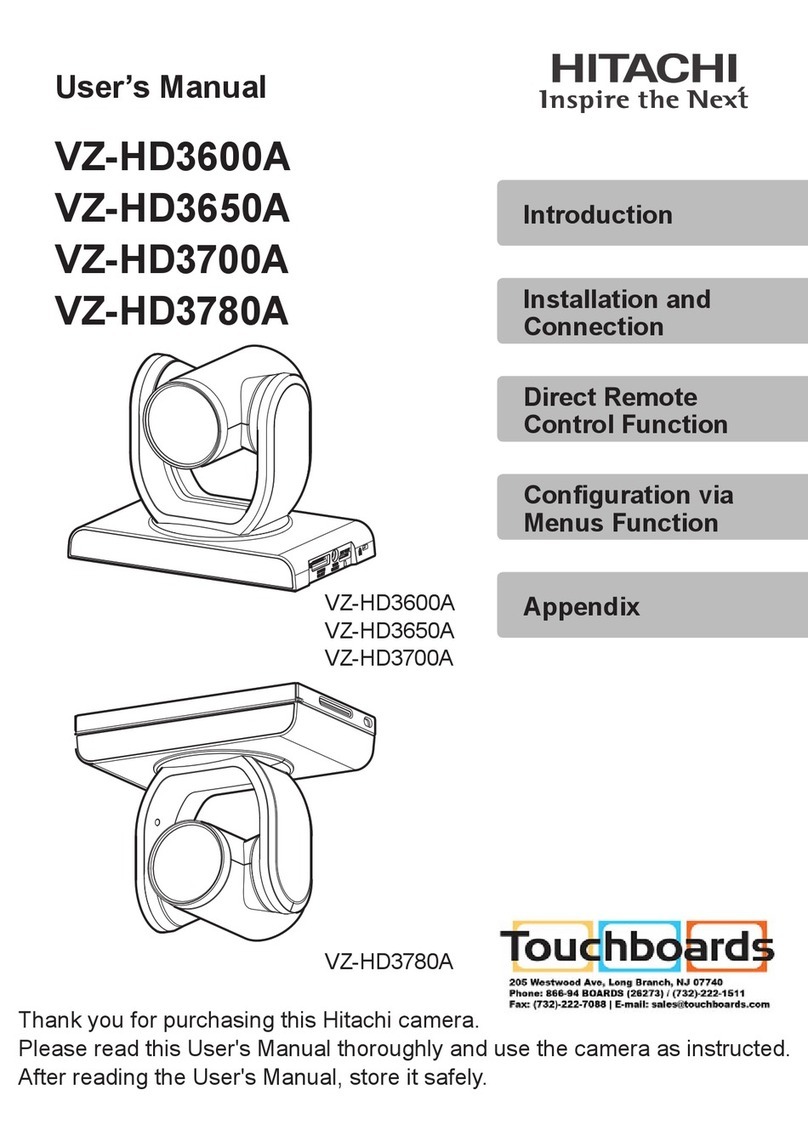
G
MISES EN GARDE IMPORTANTES
1. Lire les instructions
Lire toutes les instructions de sécurité et de fonctionnement avant de faire fonctionner l’appareil.
2. Conserver ces instructions
Conserver les instructions de sécurité et de fonctionnement á des fins de référence ultérieure.
3. Tenir compte des avertissements
Tous les avertissements qui figurent sur l’appareil et dans le mode d’emploi devront être respectés.
4. Observer les instructions
Observer toutes les instructions de fonctionnement et d’utilisation.
5. Nettoyage
Avant de procéder au nettoyage, débrancher l’appareil de la prise secteur. Ne pas utiliser de
produits de nettoyage liquides ou en aérosol.
Nettoyer l’appareil avec un chiffon humide.
6. Fixations
Ne pas utiliser de fixations non recommandées par le fabricant de l’appareil car elles pourraient être
source de danger.
7. Eau et humidité
Ne pas utiliser l’appareil á proximité d’eau-par exemple prés d’une baignoire, d’un lavabo, d’un évier
ou d’un bac á lessive, dans un sous-sol humide, ou prés d’une piscine, etc.
8. Accessoires
Ne pas placer l’appareil sur un chariot, un socle, un pied, un support ou one table instables
L’appareil pourrait tomber, blessant griévement des enfants ou des adultes, et étant sérieusement
endommagé.
Utiliser exclusivement le chariot, le socle, le pied, le support ou la table recommandés par le fabricant,
ou vendus avec l’appareil. Pour tout montage de l’appareil, respecter les instructions du fabricant, et
utiliser á cette fin l’accessoire de montage recommandé par le fabricant.
9. L’appareil monté sur son chariot devra être déplacé avec précaution.
Des arrêts brusques, une force excessive et des surfaces irréguliéres pourraient provoquer le
renversement de l’ensemble appareil-chariot.
10. Ventilation
Les fentes et les ouvertures du coffret sont prévues pour la ventilation ainsi que pour garantir un
fonctionnement en toute sécurité de l’appareil et le protéger de toute surchauffe, et ces ouvertures ne
devront donc être ni obstruées ni recouvertes. Ne jamais obstruer les ouvertures en placant
l’appareil sur un lit, un sofa, un tapis ou toute surface similaire. Ne jamais placer l’appareil dans un
support confiné, par exemple une bibliothéque ou une é tagé re, sans ventilation suffisante ou sans
repecter les instructions du fabricant.
11. Sources d’allmentation
L’appareil devra être alimenté exclusivement sur le type d’alimentation indiqué sur l’étiquette
signalétique. Sil’on n’est pas sûr du type d’alimentatio du local, consulter le revendeur de l’appareil
ou la compagnie d’électricité locale. Pour les appareils qui fonctionnent sur batterie ou sur d’autres
sources, voir le mode d’emploi.
12. Mise á la terre ou polarisation
L’appareil est doté d’une fiche trifilaire avec mise á la terre, dont la troisiéme broche assure la mise á
la terre. Cette fiche ne rentrera que dans les prises trifilaires de mise á la terre. Ceci est une
mesure de sécurité. Si la fiche ne rentre pas dans la prise, faire remplacer la prise désuéte par un
électricien.
Ne pas rendre vaine la measure de sécurité assurée par cette prise avec mise á la terre.
13. Protection du cordon d’alimentation
Acheminer les cordons d’alimentation de facon qu’on ne risque pas de marcher dessus ou de les
coincer sous un objet placé dessus ou contre eux.
Faire particuliérement attention aux fiches des cordons, á la proximité des prises, et á l’endroit oú ils
ressortent de l’appareil.
